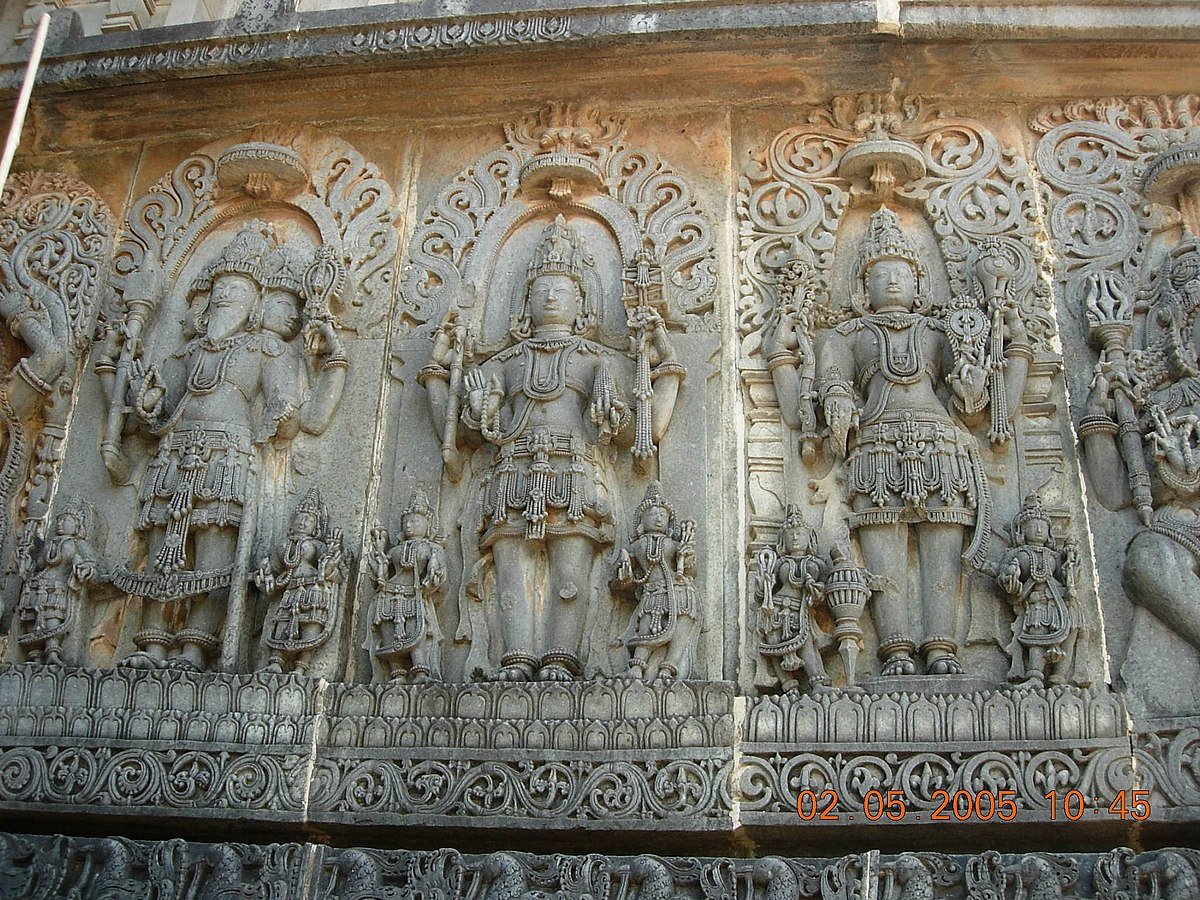Introduction
The Jabali Upanishad, also known as Jabalyupanishad, is a Sanskrit text counted among the minor Upanishads of Hinduism. It is affiliated with the Samaveda and belongs to the Shaiva Upanishads category.
This Upanishad is concise in nature and is presented as a dialogue between the sage Jabali and sage Pippalada. It is renowned for expounding the Pashupata theology, elucidating the meanings of “Pashu” and “Pati,” and emphasizing the significance of the Vibhuti (ash) applied to the forehead as a symbol of life’s impermanence, the eternal universality of Shiva, and a means of attaining salvation.
The Upanishad is named after the revered sage Jabali, a prominent figure in Hindu mythology and a character in the epic Ramayana.
In the anthology of 108 Upanishads in the Telugu language, known as the Muktika canon and narrated by Rama to Hanuman, it holds the position of number 104.
The text commences with sage Pippalada posing fundamental questions to sage Jabali, inquiring about the Ultimate Reality, the nature of Jiva, Pashu, Pati, and the path to Salvation.
Jabali asserts that these inquiries were answered through meditation by Ishana, a form of Shiva, and declares that Pashupati, or Shiva, represents the Ultimate and sole Reality, as emphasized in verse 8 of the text.
The Upanishad goes on to explain that Jiva is the living being in whom Ahamkara (ego) has taken residence within the body. It posits that all living beings, including humans, are various forms of Pashu (animals), with Pashupata being the Lord or Pati of all Jiva, as conveyed in verses 10 through 13.
Verse 14 of the Upanishad asserts that everyone is a Pashu because, like animals, they consume food, lack discernment between the changing and unchanging aspects of the world, experience suffering and misery, and are under the control of external influences.
Sage Pippalada then inquires about the means to attain this knowledge and achieve liberation. Jabali responds affirmatively and suggests that the initial step involves applying holy ash to oneself while reciting and contemplating the mantra that everything is transient and will ultimately turn to ash. The Upanishad indicates that this is the subject of the Vedas. It advises combining the holy ash or Bhasma with water and applying it in three streaks on the head, forehead, and shoulders, all the while reciting the hymns trayayusham and tryambakam as a prayer to “Shambhava” (Lord Shiva).
Regarding the application of the three lines, the Upanishad specifies in verse 22 that these lines should cover the entire forehead. Each of the three lines symbolizes the trimurti of Brahma, Vishnu, and Shiva. The upper line represents “Garhapathya” fire, the “Aa” syllable of AUM, one’s own self (Atman), the quality of Rajas, the power of action, the Rigveda, the twilight hour (ushakala), and symbolizes Brahma. The middle line signifies “Dakshinagni,” the “Uu” syllable of AUM, the virtue of Sattva, the soul (Atman), the power of will, the Yajurveda, midday, and represents Vishnu. The third ash streak embodies “Ahavaniya agni,” the “Ma” syllable of AUM, the Supreme Self (Brahman), the power of knowledge, the heavens, the quality of Tamas, the Samaveda, evening time, and symbolizes Shiva.
The application of holy Bhasma or ash, regardless of one’s stage in life (brahmacharya, grihastha, vanaprastha, or sannyasa), absolves one from sins, grants insight into the essence of the Vedas, bestows the benefits of bathing in sacred rivers, and liberates the individual from the cycle of samsara.

